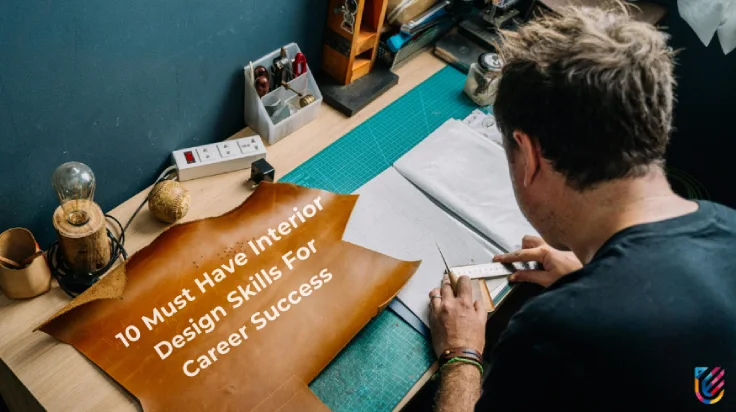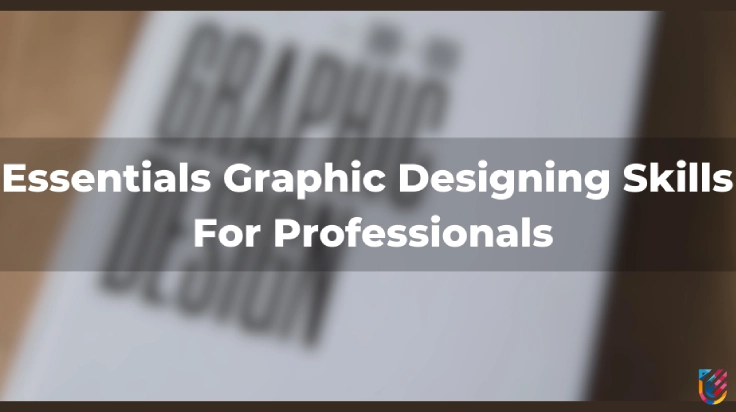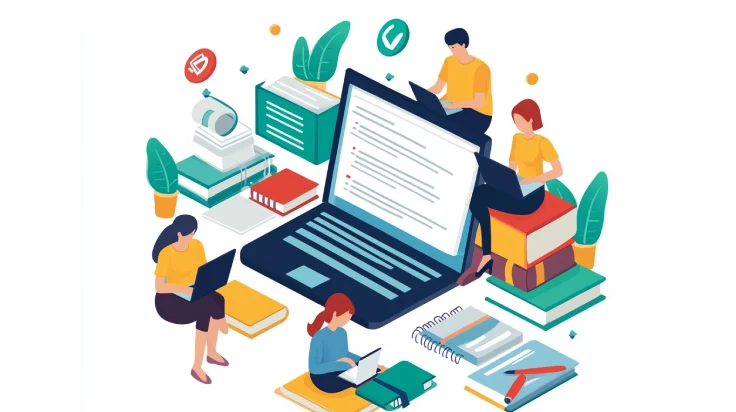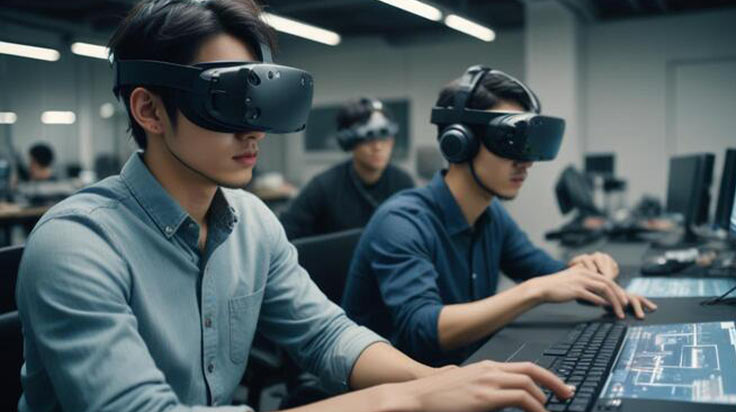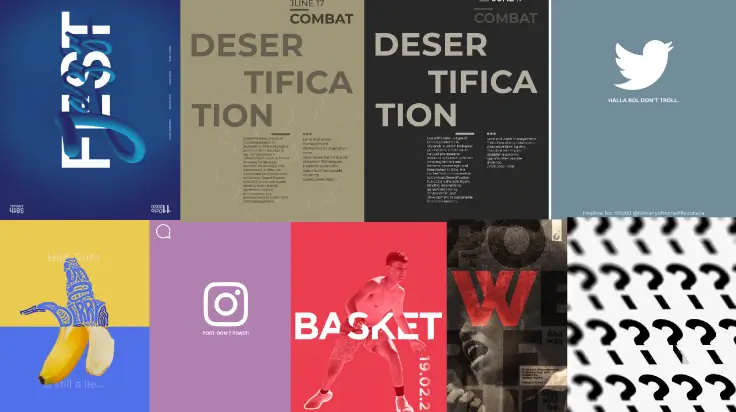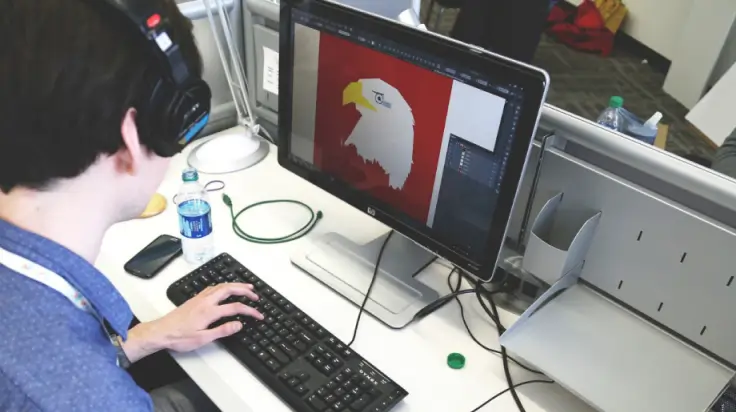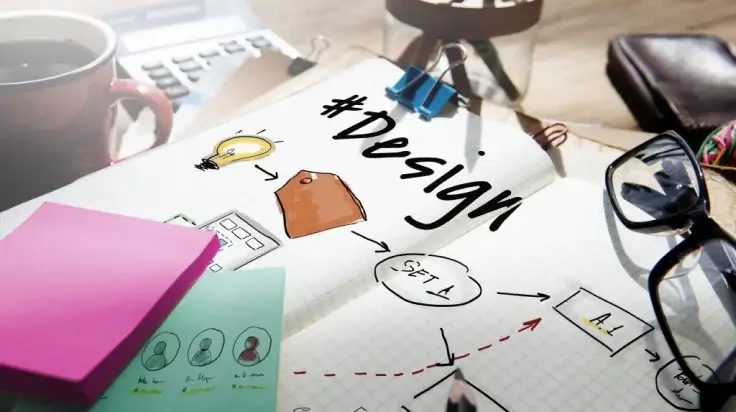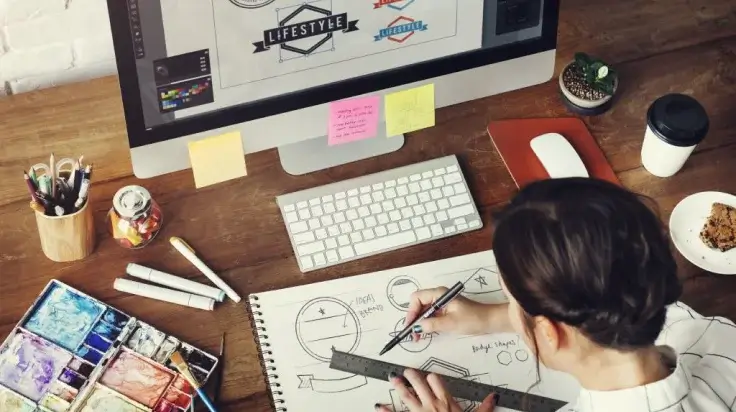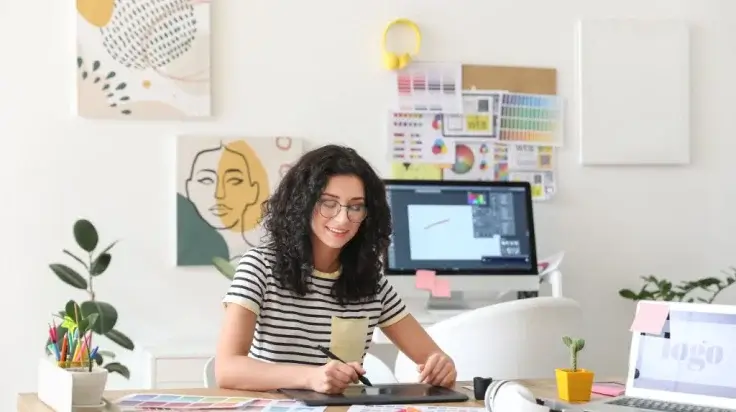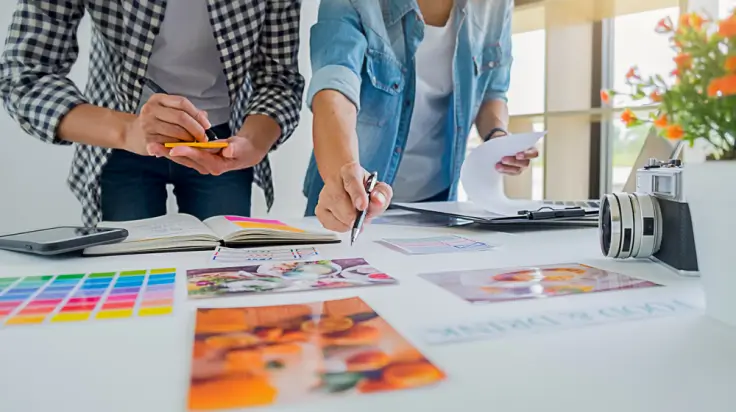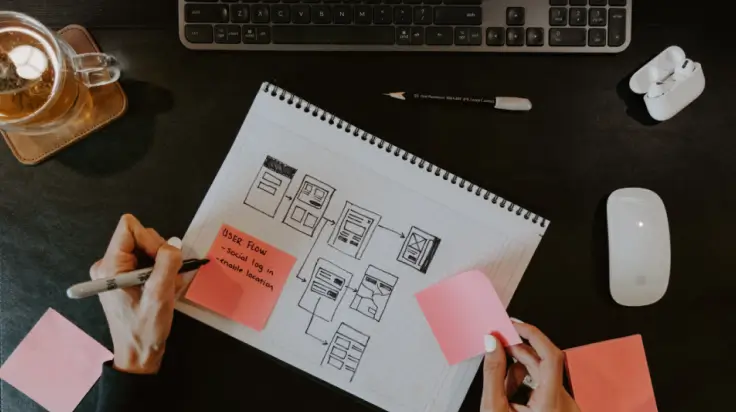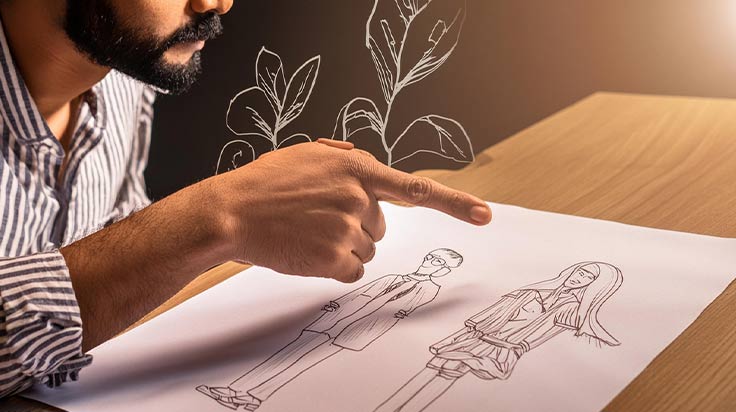How to Develop Creative Designing Skills
- UPES Editorial Team
- Published 10/02/2025
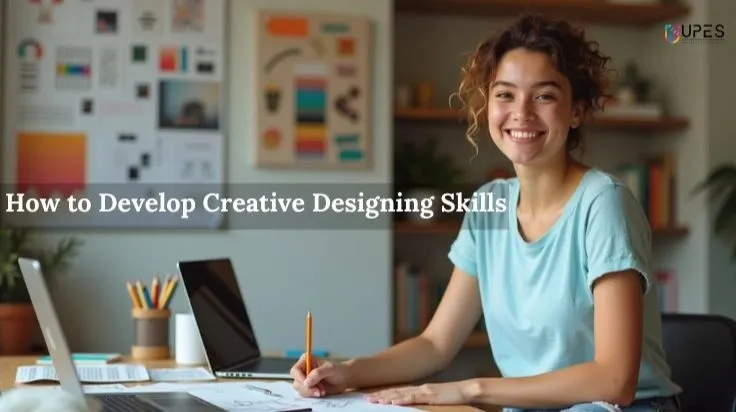
Table of Contents:
Creative designing is not just about making things look good—it's about creating meaningful and impactful visual solutions. In today’s competitive world, creative designing skills have become crucial for anyone aiming to excel as a graphic designer, web designer, or branding expert. These skills form the foundation of impactful designs, whether for marketing, user experiences, or visual storytelling.
If you're aspiring to become a professional in the field, programs like B.Des and M.Des offered by the UPES School of Design provide the perfect launchpad. This blog will guide you on how to improve your graphic skills, highlight essential tools and strategies, and help you master the key skills of a graphic designer for a thriving career in design.
Become future-ready with our Design programs
Know MoreWhy Are Designing Skills Important?
Designers are not just creators; they are problem solvers who convey messages visually, create identities, and shape user experiences. Whether it’s logo creation, website design, or advertising, honing your graphic skills ensures you stay relevant in a competitive market.
Key Skills for Graphic Designers
To thrive in this field, focus on developing the following skills:
1. Graphic Design Software Skills
- Master software like Adobe Photoshop, Illustrator, and InDesign, which are indispensable for graphic design.
- Learn tools like Figma and Adobe XD for web design and UI/UX projects.
2. Typography and Layout
- Understanding font pairing, hierarchy, and grid systems is critical for impactful designs.
- Examples include creating clean, readable brochures or engaging social media posts.
3. Logo Design Skills
- Create simple, memorable, and versatile logos that capture brand essence.
- Case studies like Nike's swoosh or Apple’s logo offer inspiration.
4. Web Designer Required Skills
- Proficiency in HTML, CSS, and responsive design principles.
- Mastery of wireframing and prototyping tools to deliver user-friendly websites.
5. Creative Thinking and Design Thinking
- Focus on empathy-driven solutions as a design thinking leader to solve real-world problems.
- For instance, improving a product’s user interface through iterative designs.
6. Communication Skills
- Clearly present design concepts and collaborate with teams effectively.
- Writing a compelling graphic designer job description for your resume showcases your ability to communicate your expertise.
Having a mastery over the above skills mentioned is a gateway to golden opportunities in the field of designing. Make sure to learn them as soon as you can!
Steps to Improve Design Skills
Improving your design skills can be an exciting journey filled with creativity, experimentation, and self-discovery. Let’s dive deeper into each step to keep your learning process engaging and enjoyable.
1. Learn Design Fundamentals
Understand principles like balance, contrast, alignment, repetition, and proximity. These are the building blocks of every design.
Take Apple’s product designs. The minimalist approach and symmetrical layout are rooted in basic design principles. Study their designs to understand how simplicity creates impact.
2. Practice Daily
Fun Fact: Picasso created 147 sketches over two months to finalize the iconic painting Guernica. Great design requires iteration!
Dedicate time to creating designs, whether it’s experimenting with graphic design skills examples or redesigning existing projects. For instance, try redesigning everyday objects like book covers, coffee cups, or posters. Platforms like Behance and Instagram are great for sharing your progress.
3. Take a Professional Course
According to LinkedIn’s 2023 report, graphic design is one of the top 10 most in-demand creative skills globally. Enroll in specialized programs like B.Des or M.Des at UPES School of Design. These programs cover essential skills for graphic designers, including UI/UX, branding, and motion graphics.
4. Build a Diverse Portfolio
"Your portfolio is your visual résumé—make it count." – Anonymous
Showcase your work through various projects like logos, website mockups, and advertisements. Include sections on what is graphic design examples to demonstrate your range. Study portfolios on Dribbble or Behance. Take inspiration from standout projects like branding for eco-friendly companies or redesigns of popular websites. Add sections showcasing “before and after” designs to highlight your impact.
5. Stay Updated on Trends
Design trends evolve rapidly. Explore trending topics like dark mode UI, glassmorphism, or retro aesthetics in projects like Netflix’s user interface or Coca-Cola’s nostalgic ad campaigns. Follow blogs, attend webinars, and connect with communities to stay ahead.
6. Master Graphic Designer Software Skills
Did you know Adobe Photoshop was originally developed in 1988 by two brothers, Thomas and John Knoll, as a tool to display grayscale images? It’s now the most popular design software in the world!
Proficiency in design tools is a must for any aspiring designer. These tools are your creative playground. Tools like Sketch, Procreate, and Adobe After Effects can give you an edge.
Improving your design skills doesn’t have to be a chore. Approach it as an adventure where every project is an opportunity to learn and every mistake is a step toward mastery. By following these steps, enriched with curiosity and passion, you’ll not only refine your skills but also develop your unique creative identity.
Graphic Designer Roles and Responsibilities for Resume
When crafting your resume, highlight these key points:
- Developing visual concepts and designs for branding and marketing.
- Proficiency in design software and typography.
- Collaborating with clients and teams to understand project requirements.
- Creating assets like logos, brochures, and website designs.
Why Choose UPES School of Design?
The UPES School of Design provides a cutting-edge curriculum blending creativity with technology. Key features include:
- Specialized Programs: Choose from B.Des and M.Des programs focusing on graphic design, product design, and UI/UX.
- State-of-the-Art Labs: Access advanced tools and software to bring your ideas to life.
- Industry Exposure: Learn through internships, live projects, and global collaborations.
With access to advanced tools, state-of-the-art labs, and global collaborations, students gain the skills needed to thrive in the competitive world of design.

Our counsellors are just a click away.
Conclusion
Creative designing skills are more than just tools of the trade—they’re your gateway to telling stories, solving problems, and influencing perspectives. By following the steps outlined above and leveraging opportunities like the programs offered by UPES School of Design, you can hone your talents and turn your passion into a rewarding career.
Whether you aspire to create stunning visuals as a graphic designer or innovate user experiences as a web designer, the journey begins with developing your skills and staying curious. Start today and unlock your potential to shape the world through design!
FAQs on Developing Design Skills
1. What skills are needed for a web designer?
Web designers should master HTML, CSS, responsive design, and tools like Figma. Creativity and UI/UX knowledge are equally important.
2. How can I improve my logo design skills?
Study iconic logos, understand branding principles, and practice designing for different industries.
3. What is the most important skill for graphic designers?
Creativity and proficiency in design software are critical, but communication and problem-solving set great designers apart.
UPES Editorial Team
Written by the UPES Editorial Team
UPES Admission Enquiry
Subscribe to UPES Blogs
Join our community for exclusive stories, insights, and updates
By clicking the "Subscribe" button, I agree and accept the privacy policy of UPES.









